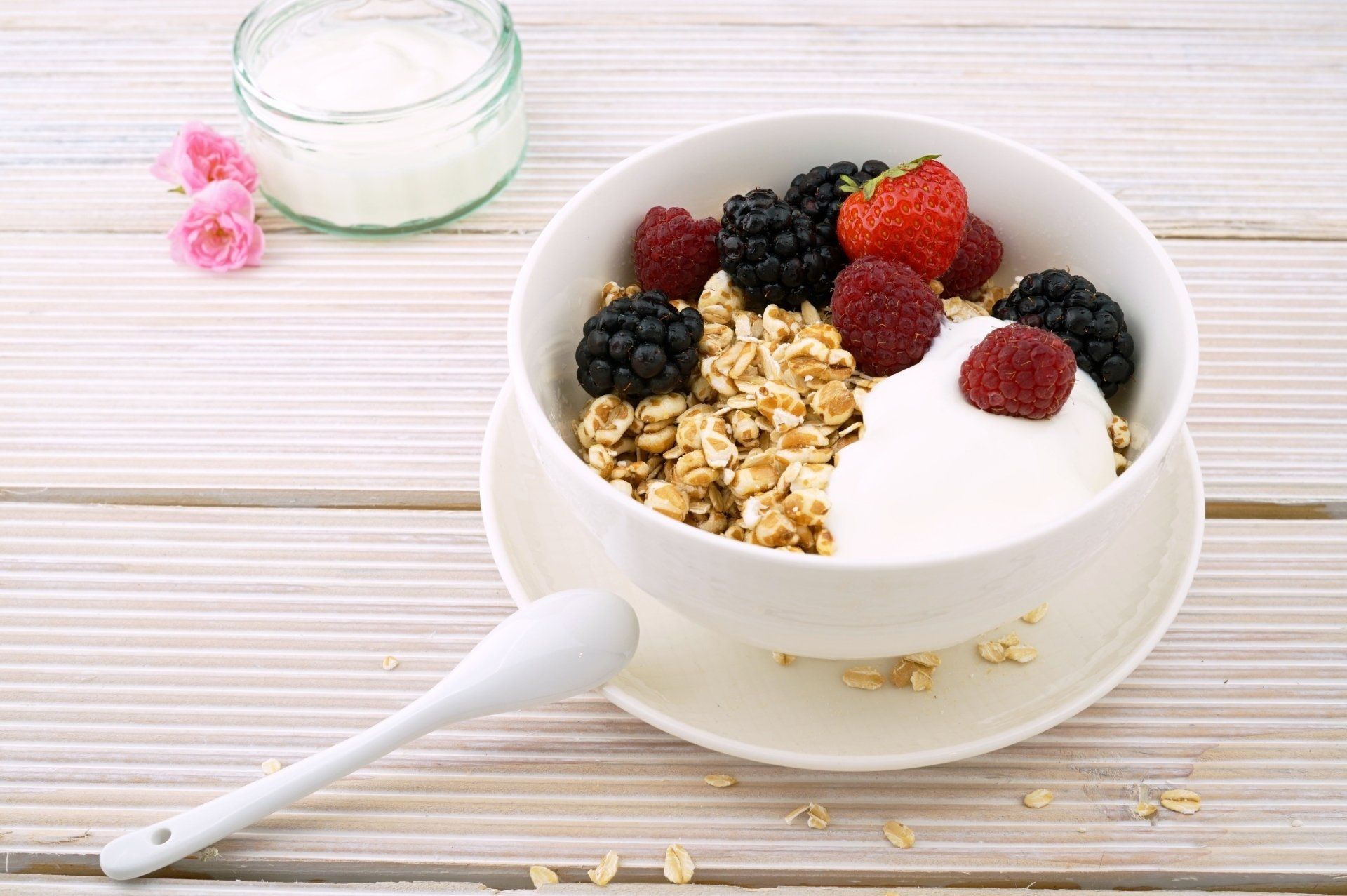Non-compete clauses and worker restraints under review
A new issues paper from Treasury’s Competition Review questions whether non-competes and other restraints are limiting job opportunities and movement.
A recent Australian Bureau of Statistics (ABS) survey found that 46.9% of businesses surveyed used some kind of restraint clause, including for workers in non-executive roles. The survey also found 20.8% of businesses use non-compete clauses for at least some of their staff and 68.2% for more than three-quarters of their employees.
Over the last 30 years, Australia has seen a decline in job mobility. Australia is not alone in this and other advanced economies have experienced the same issue. While restraint clauses are not the only factor contributing to the decline – an ageing population and a rise in post-pandemic market concentration in some industries has also contributed, it is specifically the role of restraints that is the focus of the Competition Review issues paper (submissions close 31 May 2024).
From an economic perspective, declining job mobility impacts wage growth and innovation as restraints prevent access to skilled workers within the economy. Productivity is a key concern as Australia’s productivity has declined in the last 20 years.
The review states that, “The direct consequence of a non-compete clause is that it hinders competition among businesses: it disincentivises workers from leaving their current job, creating a barrier to the entry of new businesses and the expansion of existing businesses.”
For business however, this is the point - restricting the knowledge developed by a worker during their employment from benefiting a competitor, limiting the likelihood of a ‘mass exodus’ of key workers from the business to a competitor, preventing clients from employing key workers, and protecting the value of the business by preventing employees from walking away with customers that were hard won, at a cost, by the business.
However, the impact of restraints appears to be a psychological deterrent given that most are not contested. Of the 115 matters relating to restraints of trade between 2020 and 2023 dealt with by Legal Aid NSW, only one business commenced proceedings in court against a former worker. And, a further study indicates that where employers seek legal redress in the courts, they are more likely than not to fail.
The international trend is to either ban restraints for workers under a certain income level and time limit restraints for higher paid workers, or to limit the duration of restraints generally but specify a level of compensation to the worker for the restraint period.









